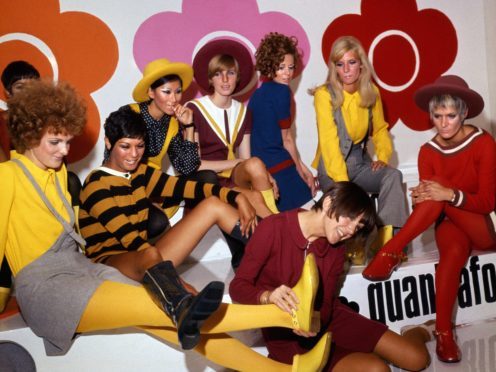The Victoria & Albert Museum (V&A) has announced a new exhibition on designer Mary Quant and is asking the public to contribute her experimental PVC garments and other “lost designs”.
After enjoying huge success with its Alexander McQueen show, the V&A will hold the first international retrospective on the designer, who “freed women from dressing like their mothers” and who invented hot pants and popularised the miniskirt, in nearly 50 years.
Opening next year, it will feature more than 200 objects, most of which have not been on public display before.
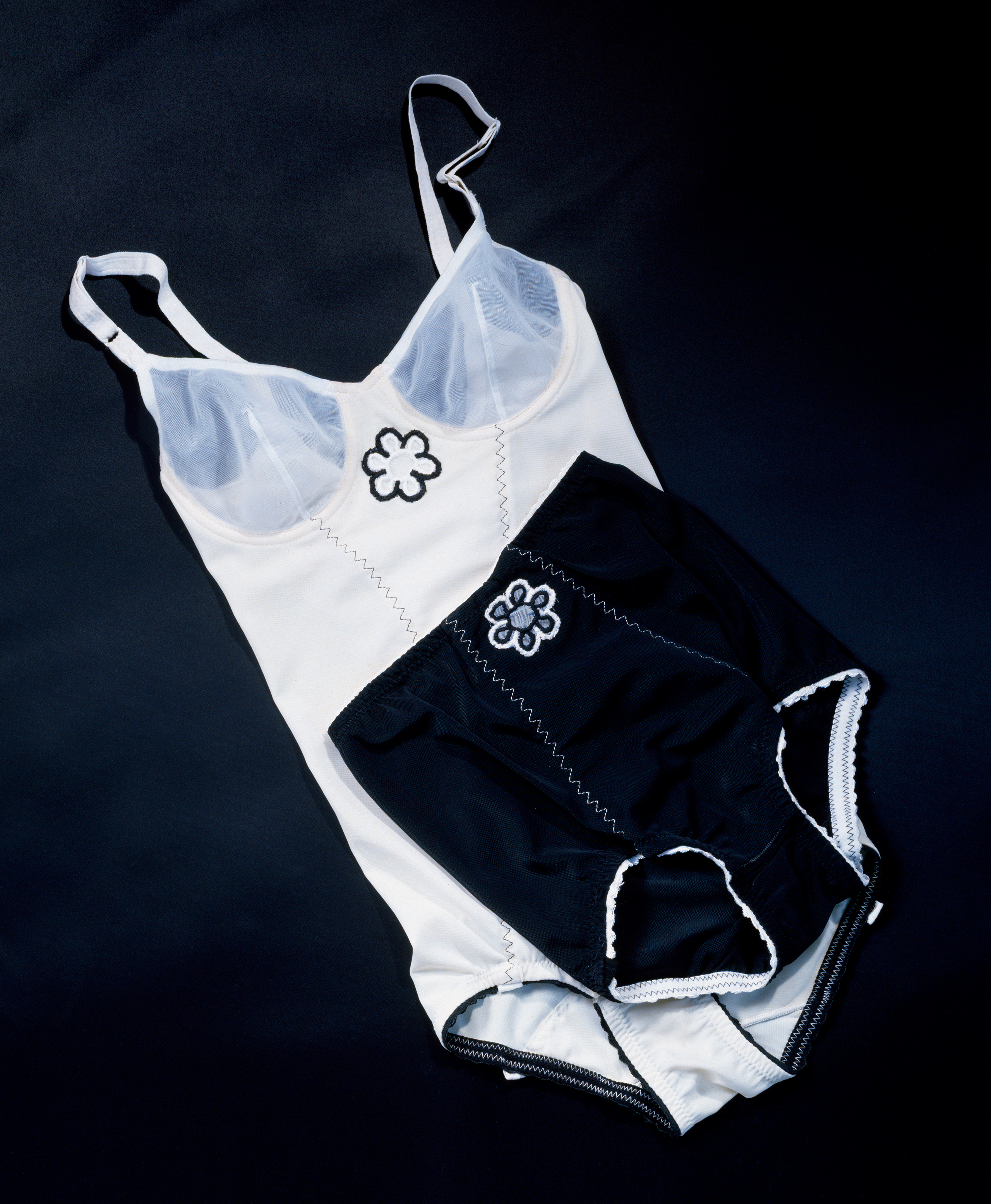
The V&A is searching for missing items, including one-off designs sold between 1955 and 1960 in her Chelsea, Knightsbridge and Bond Street Bazaar boutiques, famed for their unusual window displays and club-like atmosphere.
They are looking for Dame Mary’s early experimental garments in PVC, particularly from her Wet 1963 collection, when the material was still a work-in-progress.
Curator Jenny Lister said: “Mary Quant liberated fashion in the late 1950s and early 60s.
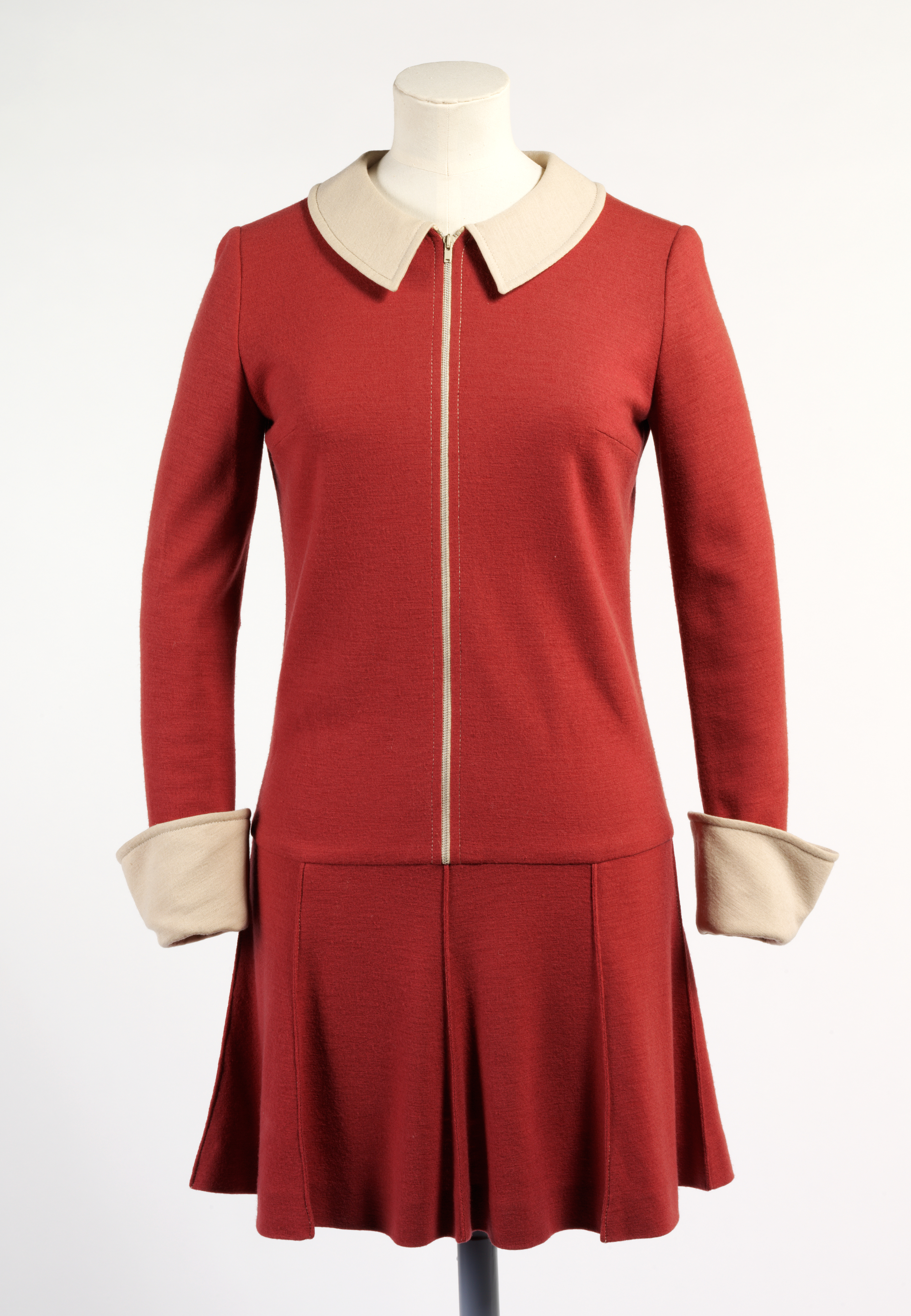
“Known for establishing High Street fashion, inventing hot pants and popularising the miniskirt, she freed women from rules and regulations, and from dressing like their mothers.
“This long-overdue exhibition will show how Mary made high fashion affordable for working women, and how her youthful, revolutionary clothes, inspired by London, made British streetstyle the global influence it remains today.”
The V&A wants to hear from women who wore Dame Mary’s radical designs and is asking people “to check attics, cupboards, as well as family photo albums” for missing styles from 1964 and 1965 with Peter Pan collars, as well as knitwear, swimwear and accessories and garments made using her Butterick patterns.
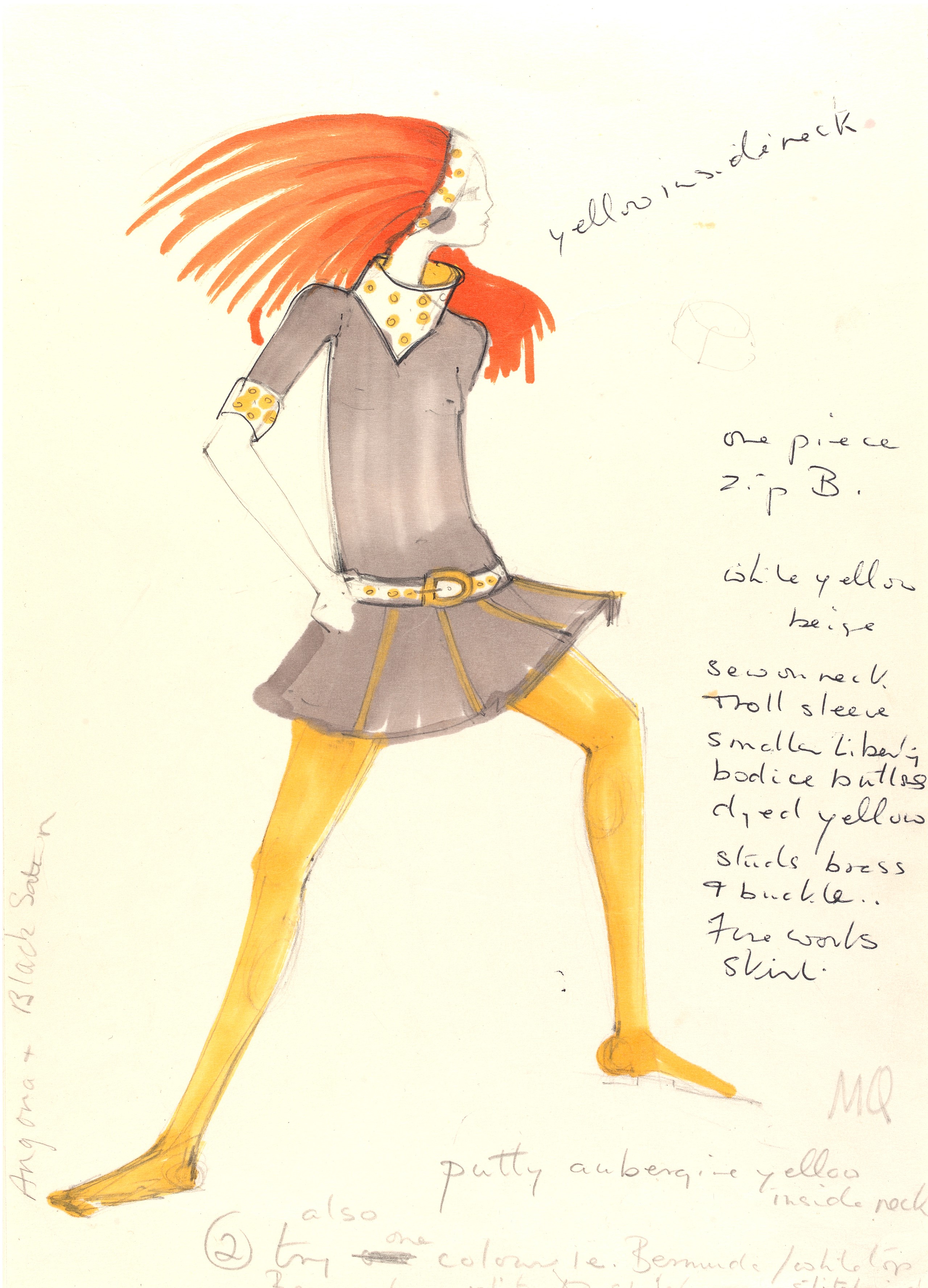
The show will focus on between 1955 and 1975, when the designer revolutionised the High Street with hot pants, miniskirts and trousers for women, as well as accessories, tights and make-up.
It will reveal how she “democratised fashion and empowered women” with her minimal and androgynous graphic look which rejected the “debutante” styles of previous generations.
The designer, whose clothes were popularised by Jean Shrimpton, Pattie Boyd, Cilla Black and Twiggy, said that it was a “huge honour to be recognised” at the V&A.
“We didn’t necessarily realise that what we were creating was pioneering, we were simply too busy relishing all the opportunities and embracing the results before rushing on to the next challenge,” she said.
“Friends have been extremely generous in loaning, and in many cases, donating garments and accessories to the V&A which they have lovingly cherished for many years, so it will be fascinating to see what else will emerge.”
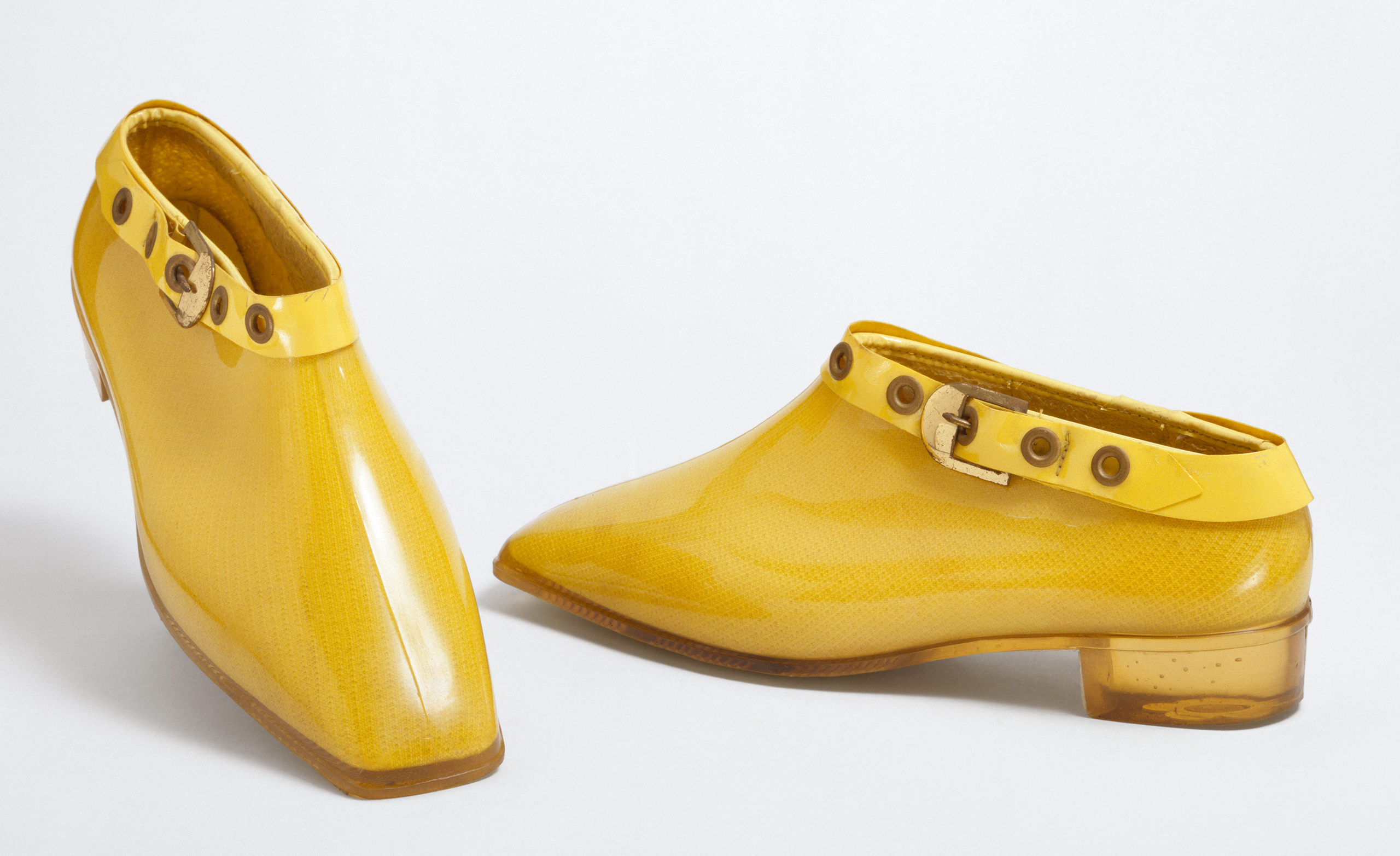
The exhibition will also feature archive sketches, patterns, cosmetics, photographs, film and catwalk footage.
The V&A is urging people to get in touch by email at maryquant@vam.ac.uk and to share their pictures and memories on social media using the hashtag #WeWantQuant.
.
